|
A stunning 95% of the companies that use pallets choose wood. That's according to the 12th Annual Pallet Report released last month by Modern Materials Handling. Now, that's not to say companies exclusively use wood. 31% of survey respondents use plastic and another 17% reported using wood composite, for example. But, clearly, pallets made from wood still hold a commanding lead for transporting goods.
0 Comments
Want to learn about plastic pallets fast? This quick video will get you up-to-speed on everything from styles and materials to the safety and money-saving benefits of using plastic pallets. Below the video is a brief summary of the topics we cover with timestamps for skipping to a specific section. Raw material pricing has everyone cringing. How can you save money on your shipping materials while still ensuring your product arrives safely?
In today’s marketplace, businesses are hampered by inflation while still trying to offer products that are advantageous for customers to purchase. How do you accomplish this when material costs are going up from the time you place the order to delivery? Two words... smart packaging. Not to be confused with the 2009 film staring Meryl Streep and Alec Baldwin (with some scene-stealing support from Steve Martin and John Krasinski) "It's Complicated" is the best way to describe how commodity plastic resin is priced in the marketplace. If you purchase plastic pallets, you have likely experienced this pricing volatility first hand. In the US alone, it's estimated that 1.9 billion pallets are hard at work on the daily. Essential to supply chains, these unassuming platforms are busy transporting everything from your morning coffee to the high-tech components helping to lift rockets into space. Roughly 90% of US pallets are made from wood. That's according to the latest Annual Pallet Report published by Modern Materials Handling. With so many wooden pallets in circulation, you may be asking if wooden pallets are really a sustainable choice. Yes, yes they are. The question I get most often from customers wanting to buy plastic pallets is, "how many fit on a truck?" Seems like a straightforward question, right? Well, if we're talking about standard 48x40 plastic pallets, I can tell you that we've got 26 to 30 skid spots to work with on a typical 53' dry van tractor trailer. Next comes some basic math (and maybe a tape measure). Most times we can come up with a solid count. Every once in a while we run up against an exception - usually because of a change in the truck scheduled to pick up the load. |
Call Us: (410) 477-3000
Headquartered in Baltimore since 1918 Nelson Company is a trusted source for pallets & packaging materials.
NelsonCompany.com Is your packaging system costing more than it should? Find out how you can start saving with an analysis from Nelson Technical Center.
Our own web-based software for reverse distribution. Nelson-ART™ manages the entire life-cycle of your packaging assets.
|
Tech CenterThe Nelson Technical Center finds savings. Solutions for the design, supply and recovery of transport packaging.
(443) 649-1049 |
Wood SalesCustom wooden pallets and crates are our specialty. Ask us about wood manufacturing, repair and recycling.
(410) 477-3000 |
|

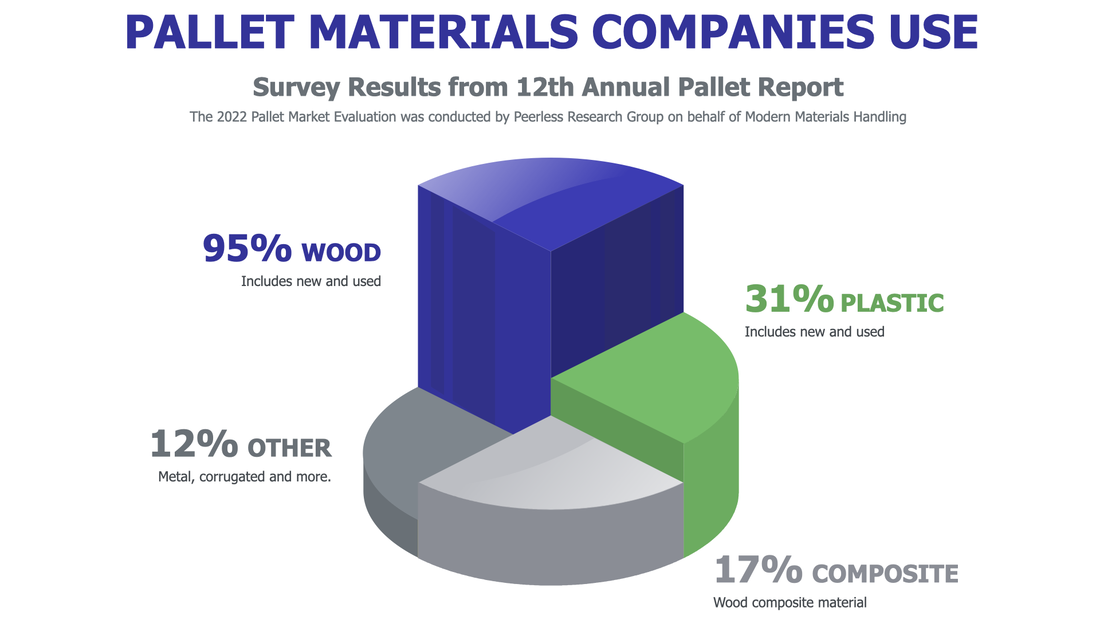
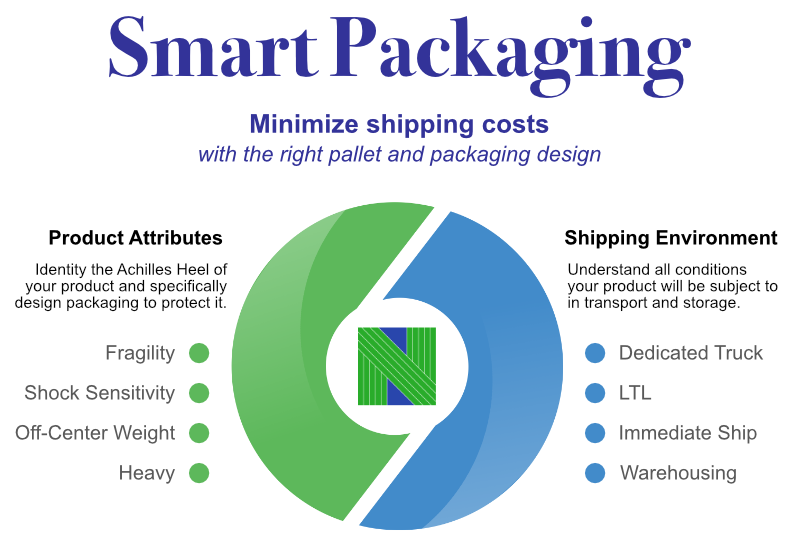
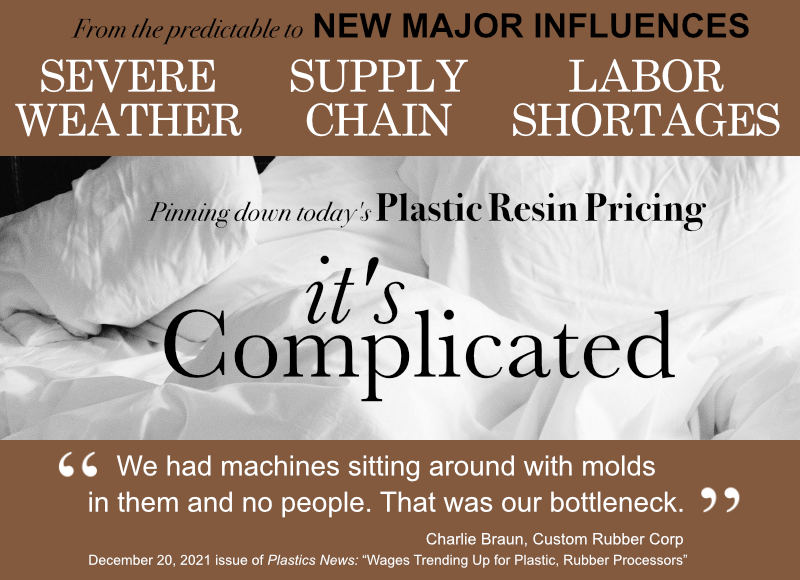
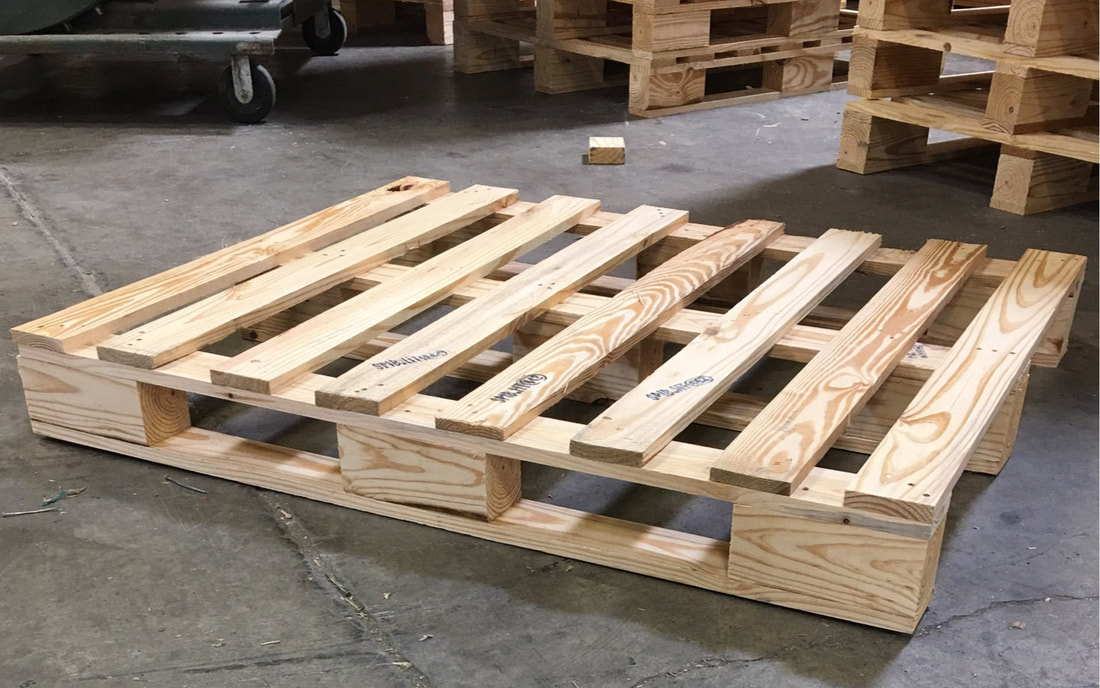
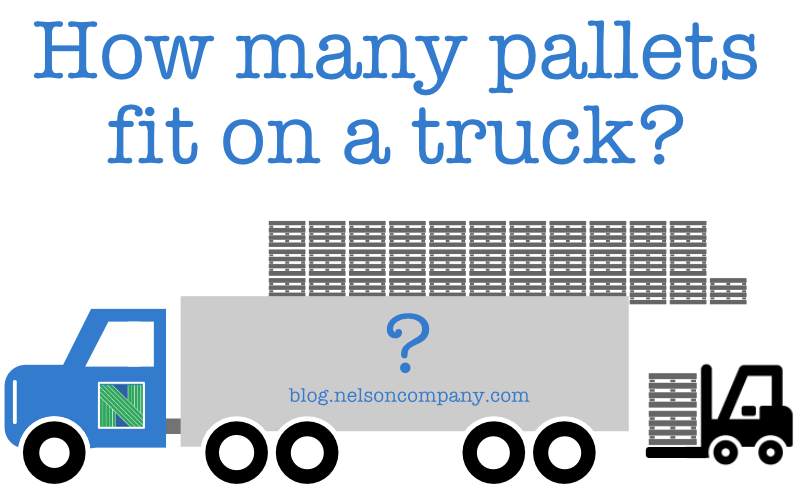



 RSS Feed
RSS Feed
